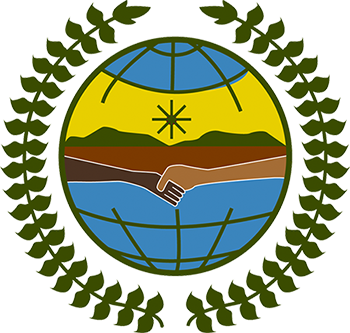Responses
The Government of Mexico reports: 6. In 2008, the Programme of Alternative Tourism in Indigenous Areas supported the implementation of 190 ecotourism and rural tourism projects, with a budget of 157.5 million pesos, aimed at rehabilitating, conserving and ensuring sustainable use of the natural resources and attractions in indigenous regions, and their cultural heritage. To support that Programme, 50 alternative tourism destinations in indigenous areas were advertised and promoted in 2008. 7. The Project on Management and Conservation of Natural Resources in Indigenous Areas promotes joint conservation work with agencies and bodies of the Federal, state and municipal public administration, to cooperate in the development
and participation of indigenous communities in the preservation of biodiversity, the environment and the natural resources in their territories and regions. 8. The Programme of Promotion and Development of Indigenous Cultures,
implemented by CDI, is a strategy for giving effect to the policy of recognizing the multicultural composition of the nation, the right of indigenous peoples to preserve and enrich their languages, their knowledge and the elements that comprise their culture and identity and the right to determine their ways of living with one another and their social, economic, political and cultural organization. At December 2008, 38.84 million pesos had been allocated to support the implementation of 807 cultural projects by indigenous organizations in 768 localities in 26 states, benefiting 14,036 indigenous people — 9,011 men and 5,025 women.
The report of Colombia highlights the role of indigenous territories (resguardos) and national parks in mitigating climate change by preserving forests. This is especially the case in the Amazon Region and the Sierra Nevada de Santa Marta.
 Welcome to the United Nations
Welcome to the United Nations
